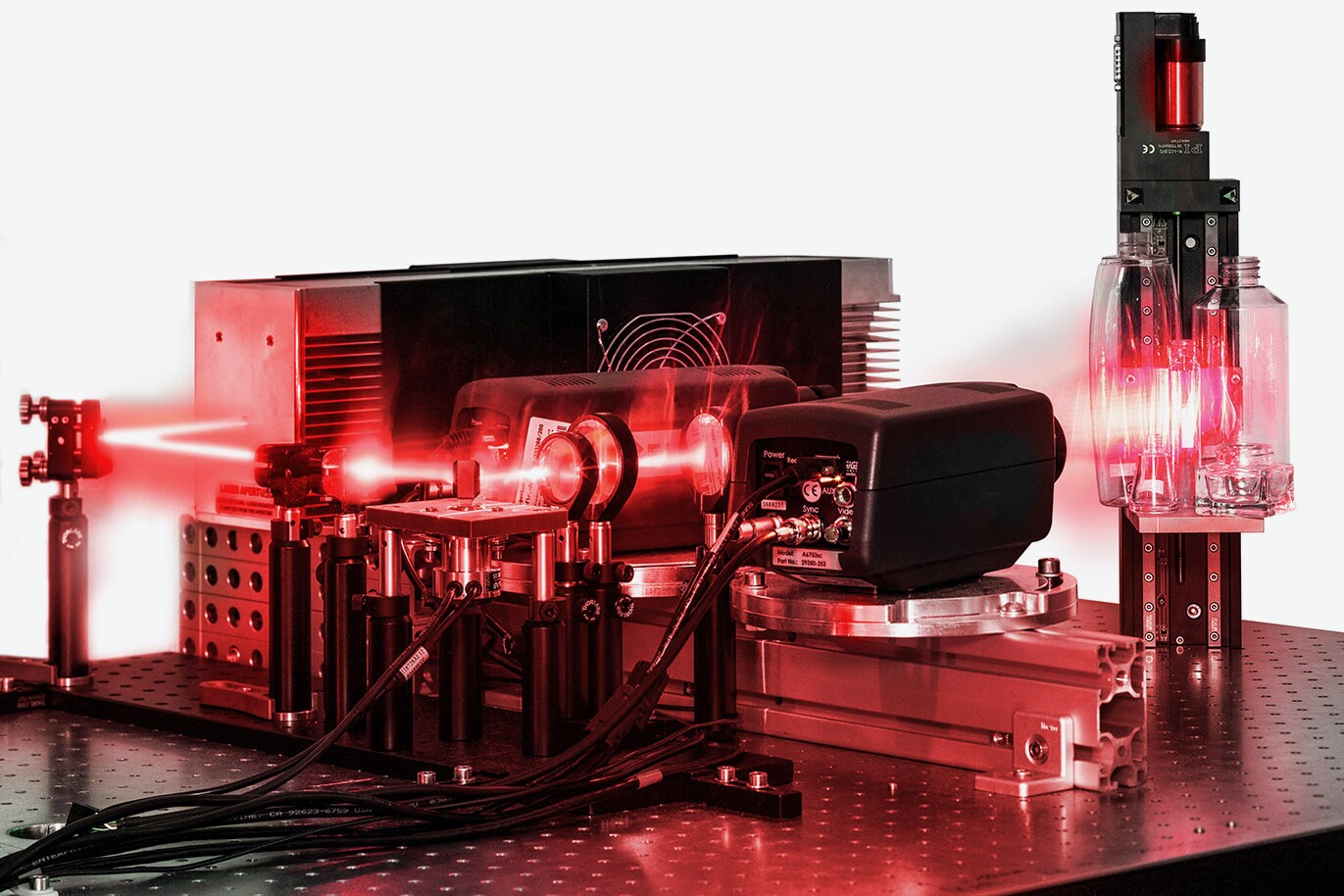Hydrogen-powered trains are poised to disrupt the rail industry as a cost-effective, high-performing, zero-emission alternative to diesel, electricity power sources.
Now in a major step toward the transition to a zero-emission economy, Germany has inaugurated the world’s first-ever hydrogen-powered passenger train fleet, making it the cleanest-greenest train fleet ever.
The hydrogen-powered fleet provided by French industrial giant Alstom will replace 15 diesel trains that were previously being operated on tracks that lacked electric supply.
Zero-emission Hydrogen-powered trains work in a very simple way
The fuel source is hydrogen, but hydrogen is not used directly for propulsion. The fuel cells convert the hydrogen into electrical power to pull the train. The zero-emission trains emit low levels of noise, with exhaust being only steam and condensed water.
A promising way to decarbonize the rail sector
Rail operator LNVG said the fleet will cost $93 million. It will save 1.6 million liters (more than 422,000 gallons) of diesel fuel a year, preventing 4,400 tonnes of CO2 from being released into the atmosphere each year.
Hydrogen-powered trains can achieve a maximum speed of up to 87 mph (140 km/h) and can manage distances of up to 621 miles (1,000 kilometers) without refueling, which is ten times further than battery.







